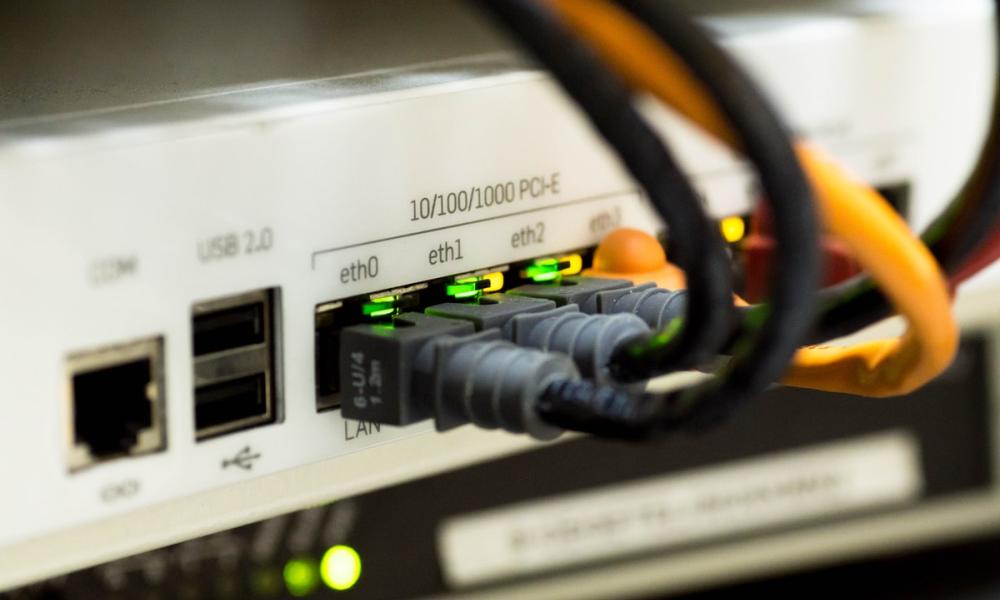3 ways to configure a network interface in Linux
Few things are more important to your machine than a good network connection. Here are three ways to configure the interfaces needed to make this happen.
Editor’s note: This article was written while James Brigman was a member of the Red Hat Accelerator program.
Great Linux resources
Almost any useful work that one would want to do with a Linux system requires a network interface. Want to browse the web, watch YouTube, stream video, audio or files? It’s all done over the network interface. RPM-based Linux distributions using Gnome have several fundamental ways to configure the network interface. I’m describing three ways in this article. All of the configuration methods require the entry of sets of numbers that allow the network interface to operate.
You will need three fundamental pieces of numerical information in order to minimally configure a network interface to work over IPv4 and more if you want to define things like IPv6, hostnames, or DNS servers. This article covers the bare minimum for IPv4. Those three fundamental numerical pieces are:
IP Address: The unique number defining the access point to your network interface. It has the form: xxx.xxx.xxx.xxx, where “xxx” are three, or fewer, numbers between 0 and 255. It’s possible for this number to be purely made up, but normally it takes a form that works with the other three numbers. If you are using a home router with DHCP, which is the typical default configuration, the router will “assign” the IP address to your network interface. You won’t have to enter the number at all.
Gateway: The unique number assigned to the network interface at the «other end of the wire» that your computer must communicate through. Again, it has the general xxx.xxx.xxx.xxx format and takes a form that also works with the other two numbers. If you are using a home router, your home router generates this number because it is the gateway through which you communicate with the wider world.
Netmask: The non-unique number that defines the network itself. This number can be automatically generated but is sometimes requested by the method you use to configure the interface. It, too, has the format xxx.xxx.xxx.xxx.
Note that I’m not going into the how of these numbers; I’m just telling you they are needed to configure the network interface. I’ll skip that so you can get on into the point of the article: Three ways to configure network interfaces. In each case, the numbers I use will be real numbers applicable to the system I used to write this article. I used CentOS 8 to generate the images, but everything you see here is the same in Fedora and Red Hat Enterprise Linux.
At installation time
The Anaconda installer prompts for network configuration and you can’t complete the installation without providing these numbers to the installer. Here’s the initial screen, using “Network & Host Name” in the rightmost column, third selection down:
